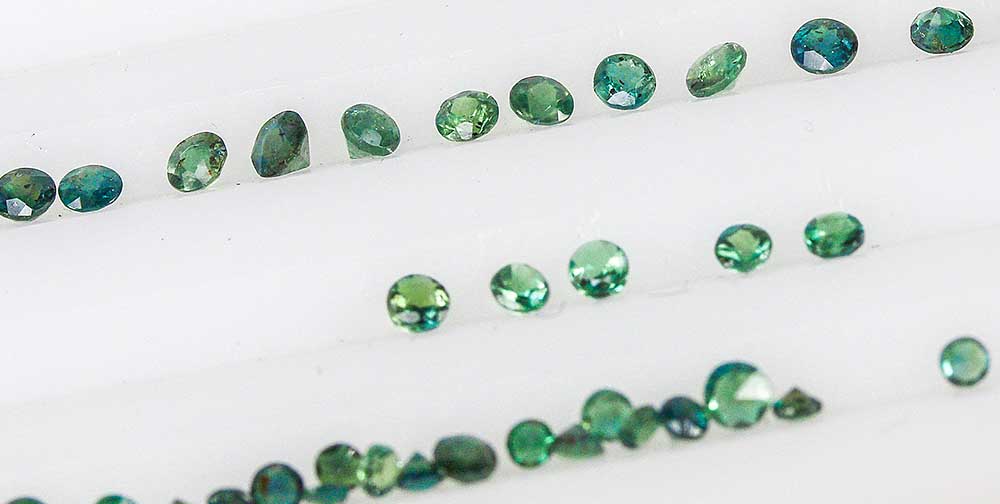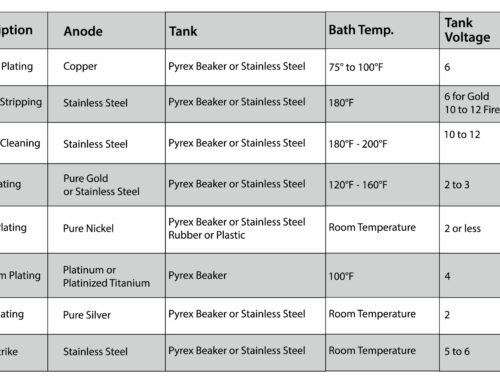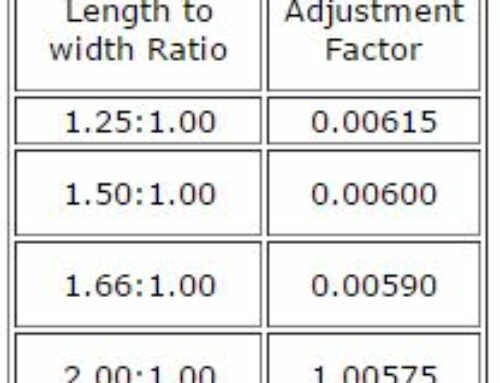Abadia do Dourados diamond:
A clear brown 104-carat Brazilian stone of the Minas Triangle area. Named for the nearest town.
Abadia do Dourados lilac diamond:
Considered one of the most notable Brazilian stones. It is clear lilac and weighed 63 carats. It was sold in 1936, ultimately going to Africa, for 10,000 pounds.
Abadia do Dourados rose:
Another rose stone weighing 33 carats from Brazil.
Abaeté diamond:
A 238-carat rose-colored diamond found in 1926 in the Abaeté River in Minas Geraes, Brazil. A second notable rose-colored stone, weighing 80.3-carats was found in the same river in November, 1935, and sold in Rio for $12,500.
Akbar Shah:
An ancient Indian diamond, once the property of Shah Akbar and Shah Jehan and inscribed with their names. Re-cut on 1866 to a drop shape of 71.70 cts., it was sold in 1867 to the Gaekwar of Baroda.
Barbara Heliodora:
Name given to a 62.75-carat topaz, in honor of a romantic figure of 18th Century Brazilian history.
Barkly Breakwater diamond:
A 109¼ ct. South African diamond found October 20, 1905, during the construction of a breakwater.
Black Prince’s Ruby:
A large red stone with a rich background of history. It was first mentioned in 1367 when it formed part of the treasure of the King of Granada. It now occupies the most conspicuous position in the British Imperial State Crown, being located in the center of the front cross-patée. Until recent year it was believed to be a true ruby, when an inventory of the crown jewels revealed it to be red spinel.
Blue Giant of the Orient:
Name given a 486-ct. Ceylon sapphire.
Brady diamond:
A 330-ct. diamond found in January, 1902, at Brady’s Farm, Fourteen Streams, South Africa.
Braganza:
A controversial stone belonging to the Portuguese crown jewels. Generally conceded to be a yellowish topaz it is supposed to be pear-shaped and weighs 1680 ct. However, some authorities contend that diamonds were well known in 1797 and it is unlikely that a mistake would have been made, that many large and brown to yellow stones have been found in the Abate River, where this was found, and that yellow topaz comes only from the Ouro Preto area. (It would be remarkable to find a yellow topaz that size even in Ouro Preto area). Hence, the secrecy with which is guarded is really the strongest evidence that it is not a diamond; it is strange that the matter has not been definitely cleared up long since. Also known as the King of Portugal’s diamond.






Leave A Comment